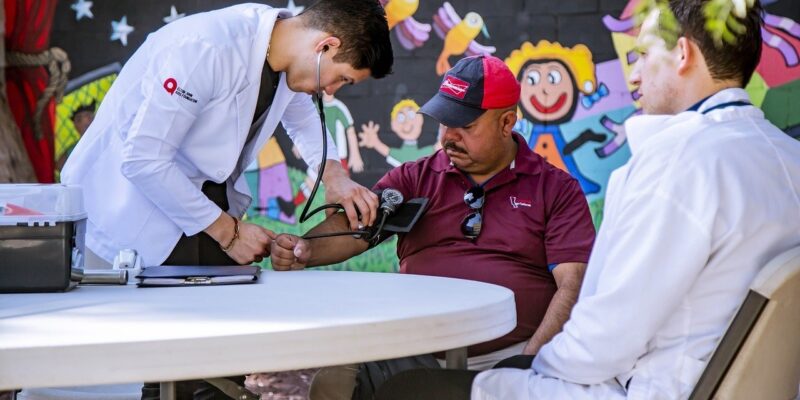Healthcare facilities need the services of healthcare providers. And they need the help of physician recruitment agencies to find full-pledged physicians that can complement their staff. As you can see, when you visit https://mascmedical.com/, the need for physicians and other healthcare professionals is never-ending.
But why do they only look for physicians? Why not doctors? The company recruits physicians and provides staffing services for healthcare organizations. If you are confused with the terms physicians and doctors, please read on.
Understanding the difference between physician and doctor
A physician is a medical doctor. They can be a Doctor of Osteopathic Medicine (D.O.) or Doctor of Medicine (M.D.). Both are physicians who have completed graduate training to dispense healthcare services. You can refer to all physicians as doctors. But keep this in mind – not all doctors are physicians or doctors of medicine. A person with a Ph.D. is called a doctor. But it does not mean that the person provides healthcare.
Of course, in the healthcare setting, you call your healthcare provider ‘’doctor’’ instead of ‘’physician,’’ right?
There is also a difference between an M.D. and a D.O. Both are licensed physicians, but their training differs because they attend different medical schools, but they practice at the same clinics and hospitals. M.D.s follow an allopathic medical training. D.O.s follow osteopathic training.
A D.O. regards the human body as an integrated whole, and they focus their training on the musculoskeletal system. They address medical conditions from a medical and lifestyle perspective. An M.D.’s training focuses on treating specific symptoms. Because the education programs of D.O. emphasize primary care, the graduates often enter family medicine, obstetrics/gynecology, pediatrics, and internal medicine as their specialties.
Medical students
They are individuals who are still in medical school. You can call them physician or doctor after they graduate, even if their training is not complete. They still have to study for several years.
Residents
After students complete medical school, they must enter a residency program. Residency gives them additional education. A student who enters a family practice residency needs two more years. A student interested in surgery can spend five, seven or more years of residency, depending on the specialization.
Fellows
A physician has already completed residency but wishes to pursue further training for a chosen specialization. A fellow is already a credentialed physician and can practice independently, so pursuing a fellowship is not mandatory. For example, a physician who completed a general surgery residency is qualified to perform general surgery. However, if the physician wants to be a pediatric neurosurgeon, they must complete the fellowship for the specialty.
Attending physician
An attending physician is already practicing independently in their chosen field. You can find most of them in teaching hospitals. They are fully credentialed physicians who take on teaching positions as well. They may teach medical students, interns, residents, and fellows. An attending physician can be a dean, associate professor, or a professor at a medical school or teaching hospital.
Now you know the proper way to call your physician. However, in modern medicine, degrees are not as important as the physician’s bedside manner, how the medical provider interacts with you, and how you feel when sharing information with them.












